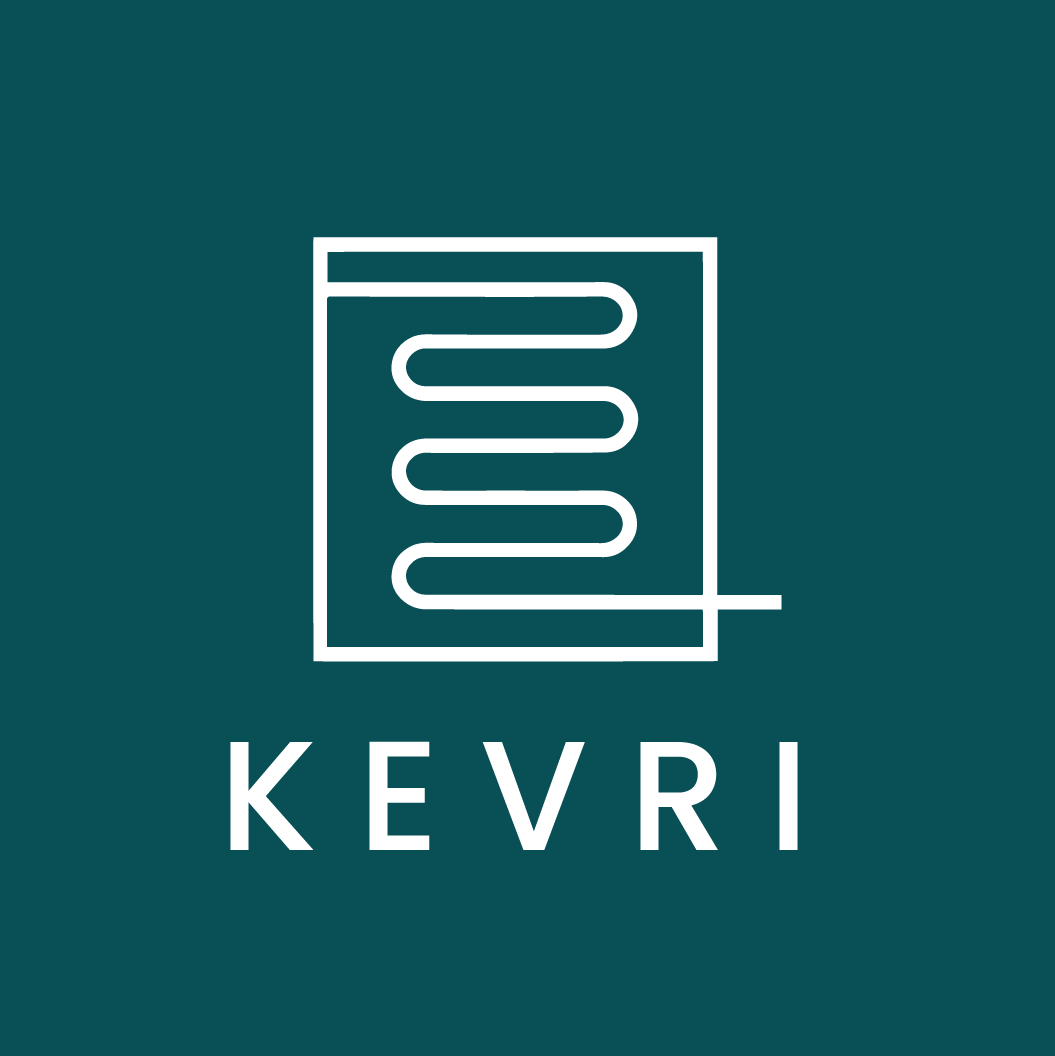What is the Theory of Change model?
The Theory of Change model helps you to consider long-term project goals and carve a clearer pathway to impact.

Throughout both our work and personal lives, we come up with goals and ideas of how to achieve them. But we rarely take the time to think these through, scrutinise and articulate them. This is precisely what the Theory of Change process does.
In this latest resource, we explain what you need to know about the Theory of Change model and how it can benefit your Knowledge Exchange project.
The Theory of Change: In a Nutshell🥜
If 'change' in 'Theory of Change' refers to the impact or alteration a person, group or organisation wishes to make in the world, then the 'theory' part refers to the process that will ultimately allow this change to happen.
The overarching objective of the Theory of Change model is to assist an organisation in better understanding what it is trying to achieve through thorough planning and evaluation.
It encourages us to reflect on our aims and plans, to discuss them with others and to make them explicit. Often Theory of Change is seen as the foundation of university knowledge exchange and research.
Other labels that your colleagues, partners and evaluators might use instead of the theory of change include: results chain, logic model, program theory, outcome mapping, impact pathway and investment logic.
The 5 steps of the Theory of Change model

A theory of change model is most effective when implemented at the beginning of a project or initiative and regularly revisited.
Its primary purpose is to provide a shared framework for achieving desired outcomes in collaboration with essential stakeholders.
Planet B Insights share five straightforward steps to commence a theory of change model.
But feel free to download the KEVRI Theory of Change Resource to see how we approach KE impact:
#1 Inputs
To make a positive impact using the theory of change model, it's important to write down all the resources you need to complete your project. This includes funding and personnel.
#2 Activity
It's crucial to have timelines and milestones set in place. Define the activity or activities you plan to carry out before you conduct them and match them to a realistic timeframe.
#3 Outputs
How will you measure the success of this project/initiative? Set some short-term KPIs or use the KEVRI tool to match your project to helpful metrics.
#4 Outcomes
Start thinking about follow-up surveys and ways to monitor the success of your project. You can also set personal outcomes to measure the project by.
#5 Impact
Be bold with your impact statement. What is the change you want to see in the world by conducting this project? You can also refer to the Sustainable Development Goals for a wider impact focus.
The benefits of the Theory of Change

The Theory of Change model takes typical logic approaches to the next level, requiring more specificity about goals and the conditions needed to reach them.
This results in many benefits, including:
» Developing a clearer and more testable hypothesis about how the change will happen. This allows your team to be more accountable for results and also makes your results more credible since they were predicted to occur in a certain way.
» Opening up the ability to identify gaps in available data and any windows of opportunity.
» Helping us to identify and open up the ‘black boxes’ in our thinking, such as intellectual leaps and assumptions.
» Creating a blueprint for evaluation with measurable indicators of success identified.
» Helping to form an agreement among all those involved on what defines success and the action required to get there.
» Being a powerful communication tool to capture the complexity of your initiative.





